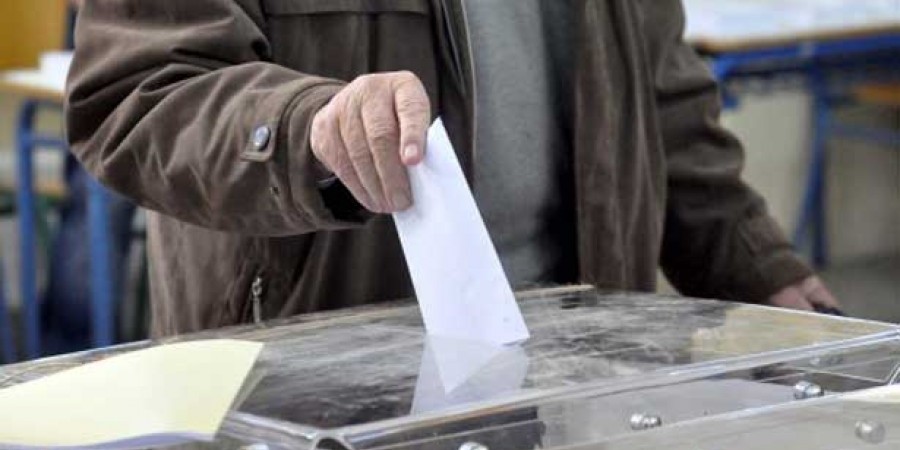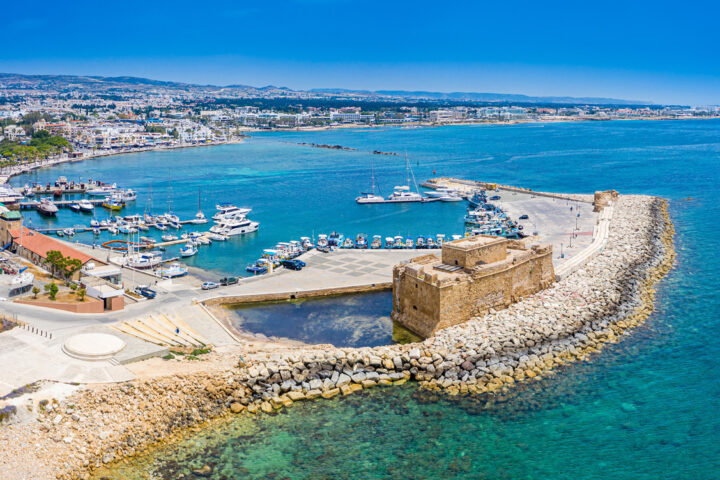A new service was introduced on Friday allowing voters in the upcoming Europarliament and local administration elections to check where they will go to vote on June 9.
The Elections Receiver, Dr Elikkos Elia, announced that the “where do I vote” function has been added to the elections’ portal www.elections.gov.cy with information available in Greek, English and Turkish.
The new function that determines the town, voting centre and location of polling booths, complements the “what do I vote” function launched on May 1, where voters are told which of the eight ballot papers they will use.
By submitting the identity card number and date of birth, the portal will specify the voting centre, the room where the vote will be cast and which ballot papers will be given, as well as the number of preference votes.
For urban voters, there will be six ballot papers, for the election of MEPs, mayors, deputy mayors, municipal councillors, chairmen of district councils, and school boards.
For rural voters, there will be four ballots, for the election of MEPs, village council heads, council members and chairmen of district councils.
In all, 706,534 voters will choose from among 7,280 candidates vying for 3,227 positions. There are 63 candidates for the six MEPs allocated to Cyprus, 82 candidates for the 20 mayors, 258 candidates for the 93 deputy mayors, 13 candidates for the five district council presidents, and the rest are for municipal councillors, school boards, village heads and rural councils.
Included in the electoral list are 21,640 European citizens who can vote for local administration and 13,017 who can vote for members of the European Parliament. A further 4,691 voters who are registered overseas, can vote for MEPs in Greece, the U.K. and Brussels.
For the polling stations in Cyprus, voting shall begin at 7 a.m. and adjourn for an hour at 12 noon. It shall resume at 1 pm and continue until 6 p.m. For the overseas polling stations, the hours shall be adjusted accordingly.
Voters must have been registered on the electoral roll by April 2 and need to present a voter ID card or identity card. Citizens of other EU member states may also vote with any other document submitted for registration on the special electoral roll, while enclaved persons may vote by presenting an identity card, passport, driver’s licence or any other official document of the Republic bearing their photograph.
Upon receiving the ballot paper, the voter enters the voting booth and secretly marks the designated sign, i.e. «Χ» or «+» or «√» using a blue or black pen in the box underneath the list column, or next to the name of the candidate of his preference.
Cross-voting among different political parties is not allowed.
The colours of the ballot papers are: MEPs – blue; presidents of the district organisations – purple; mayors – yellow; deputy mayors – brown; municipal councillors – white; members of school boards – green; community leaders – orange; and, members of community councils – grey.
The Elections Receiver said in a recent radio interview that the maximum time needed from entering the election centre to registering and casting votes, is estimated at five minutes.










